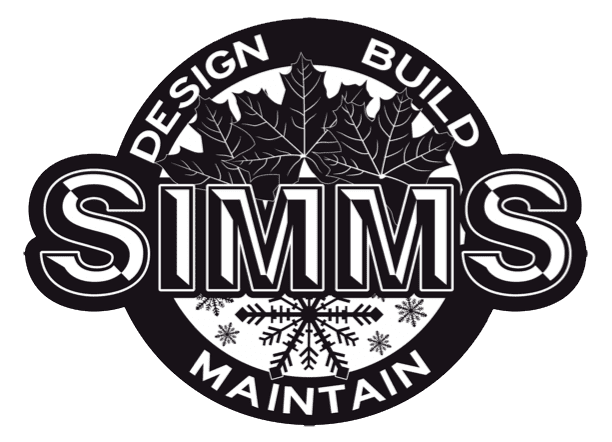With the right species, soil prep, and watering, first-year survival should be 90% or better. Shortfalls usually trace back to mismatched plants (sun/wind/soil), improper planting depth, or irrigation errors. Utah’s swings—hot, dry summers and occasional deep freezes—add stress, so mulch and seasonal watering adjustments matter. Ask your contractor to state the warranty in writing: coverage period, exclusions, and the care you must provide (watering schedule, mulch, pest checks). Keep records and photos; if a plant declines despite following instructions, you’ll have what you need for a replacement. Survival rates rise when crews loosen circling roots, set flares at grade, and avoid burying crowns. They drop when beds stay soggy or bone-dry. A brief mid-season walkthrough with your landscaper to tweak irrigation and inspect plants is the simplest way to keep survival high.
What’s a realistic plant survival rate from a landscaping company?
Related FAQs
-
How do I know if I’m being overcharged from a landscaper?
The best way to determine if you’re being overcharged is to compare detailed, line-item estimates from multiple companies. Look at…
-
Who should I call if something breaks after work by a landscaper?
Always start with the contractor who installed the system or feature. Most reputable companies include warranties for plants, irrigation, and…
-
Why does my finished landscaping look smaller or larger than the plan?
It’s common for finished landscapes to feel different from the plan. A design drawing is scaled, but human perception changes…
